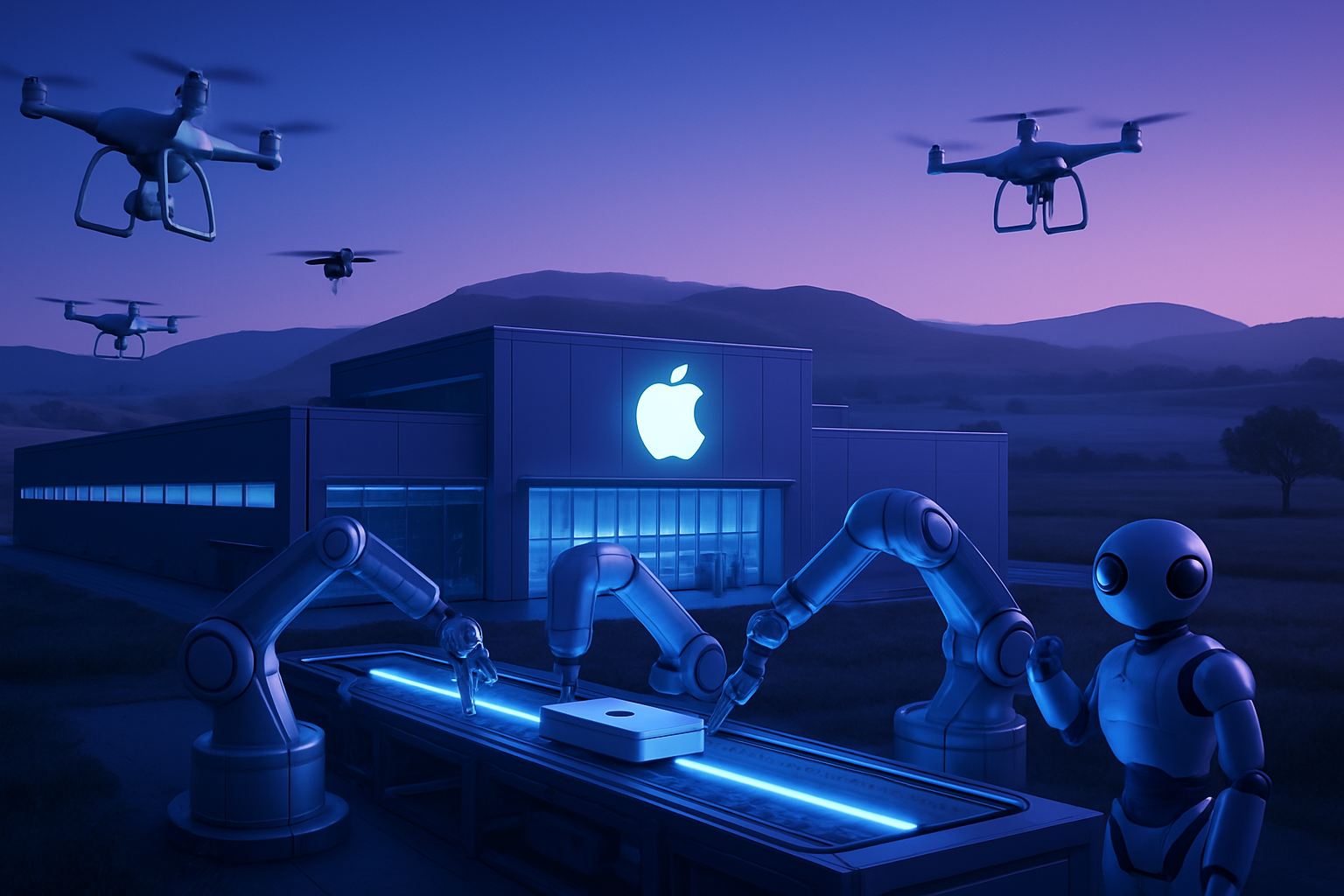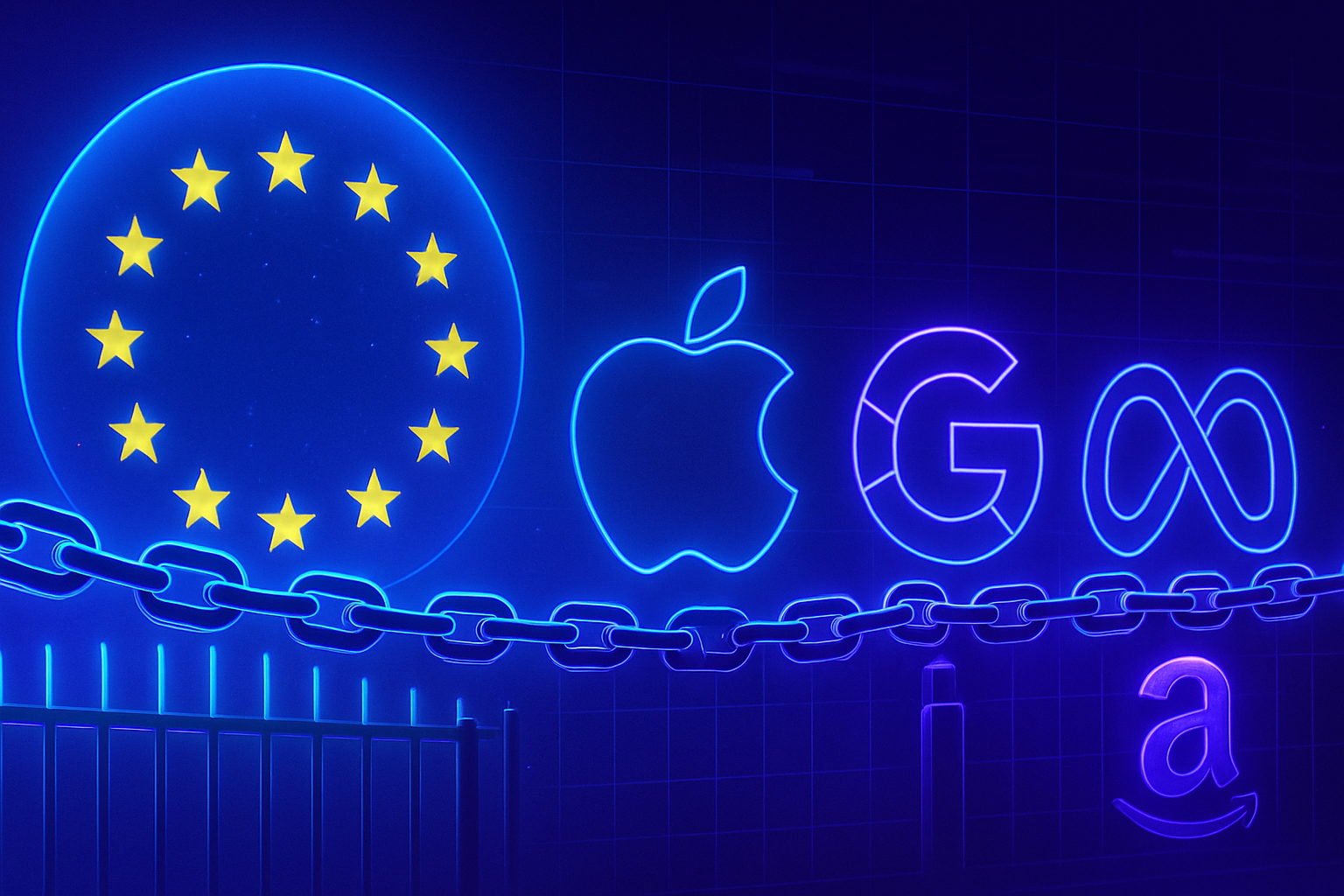Introduction to LLaMA 3.2
Meta has officially introduced its LLaMA 3.2 model, marking a significant milestone in the evolution of artificial intelligence. This model, which could be described as a true revolution, stands out for its ability to simultaneously process textual and visual content.
Technical Features of the Model
The LLaMA 3.2 model incorporates advanced algorithms, allowing for a multimodal interpretation of data. In other words, it can analyze images in relation to texts, thereby enhancing the user experience. This technology paves the way for new applications across various sectors, ranging from research to virtual assistance.
This model offers an optimized architecture, with streamlined versions to operate efficiently on low-resource devices. This approach allows for a wider integration of AI, facilitating its use in mobile situations.
Impact on the Meta AI Ecosystem
With this advancement, Meta aims to transform its AI ecosystem by providing more flexible and innovative tools. Communication between different Meta products has now become smoother, making the Meta AI virtual assistant more accessible and efficient. LLaMA 3.2 represents a catalyst for the evolution of human-machine interaction.
Potential Applications of LLaMA 3.2
The areas of application are varied and promising. In the marketing sector, LLaMA 3.2 can analyze consumer reactions through visual and textual data. In education, this model could offer personalized learning solutions, integrating diverse content to enrich learning experiences.
Healthcare professionals could also benefit from these multimodal capabilities. Thanks to the combined analysis of medical images and descriptions, diagnoses could become more accurate and faster.
Future Prospects for Meta AI
Meta plans to deploy its LLaMA 3.2 model not only to enhance its own platforms but also to promote an open source development of AI. This initiative will allow other developers to build on LLaMA 3.2 to create enriching applications.
Meta’s vision is to make LLaMA 3.2 a standard in the field of multimodal artificial intelligence. By fostering the emergence of new applications, this model could change the current paradigms of AI.
Frequently Asked Questions about LLaMA 3.2 and Meta AI
What is LLaMA 3.2?
LLaMA 3.2 is Meta’s latest multimodal artificial intelligence model, capable of processing and understanding both text and images simultaneously. It represents a significant advance in the field of language models.
How does LLaMA 3.2 improve the user experience in Meta AI?
With its multimodal capabilities, LLaMA 3.2 allows for a more natural and intuitive interaction with users, facilitating the understanding and search for information from various types of content.
Is LLaMA 3.2 an open source model?
Yes, LLaMA 3.2 is an open source model, which means developers can access its code and algorithms to use and adapt it to various use cases.
What are the practical applications of LLaMA 3.2 in the Meta ecosystem?
Applications include virtual assistance, image and text analysis together, as well as enhancing search functionalities within Meta platforms.
Can LLaMA 3.2 handle large volumes of data?
Yes, the model is designed to efficiently process large amounts of textual and visual data, making it suitable for large-scale applications.
What types of data were used to train LLaMA 3.2?
LLaMA 3.2 was trained on a wide range of textual and visual data, enabling it to understand and generate content in numerous contexts.
Will Meta AI continue to develop LLaMA beyond version 3.2?
Yes, Meta plans to continue innovating and developing the LLaMA series, incorporating improvements based on user feedback and technological advancements.
What is the difference between LLaMA 3.2 and its predecessors?
The main difference lies in its ability to process information in a multimodal way, combining text and images, which was not possible in previous versions.
How can I access LLaMA 3.2 for personal projects?
Users can access LLaMA 3.2 by downloading the model from Meta’s open source repository, allowing it to be leveraged in various development and research projects.






